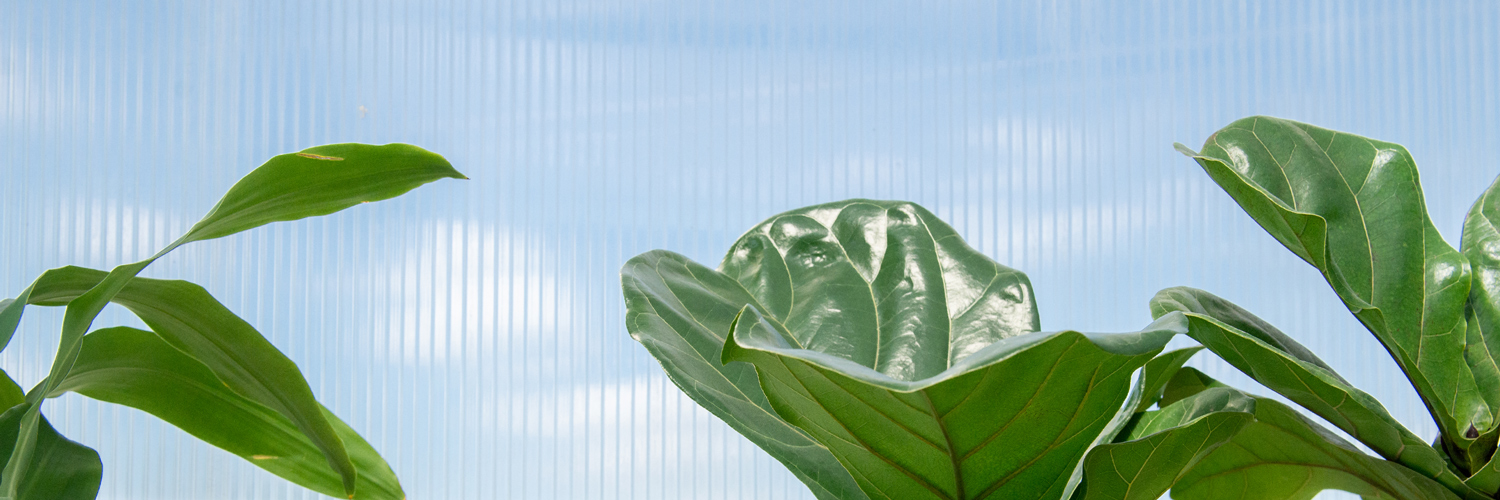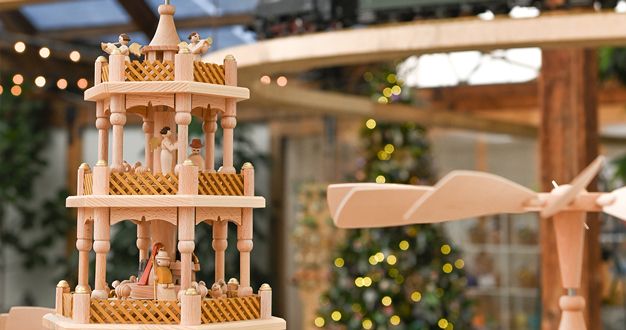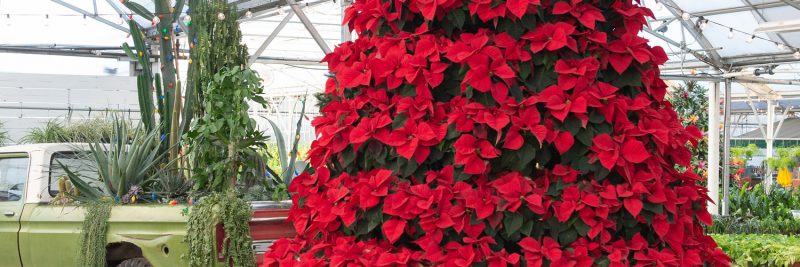
For a lot of plant parents, summer is a time to let our houseplants enjoy the natural light, temperature fluctuations, and higher humidity they find outside. But fall is here. Soon, nighttime temperatures will drop below 50 degrees – and for most houseplants, that’s when their summer vacation on the patio must end. But hastily hauling everyone inside on the eve of the first chilly night can be a bit traumatic for both you and your plants. So before the ten o’clock forecast suddenly finds you in your pajamas lugging plants inside in the dark, we have a few tips to help you start preparing now for a smoother transition.
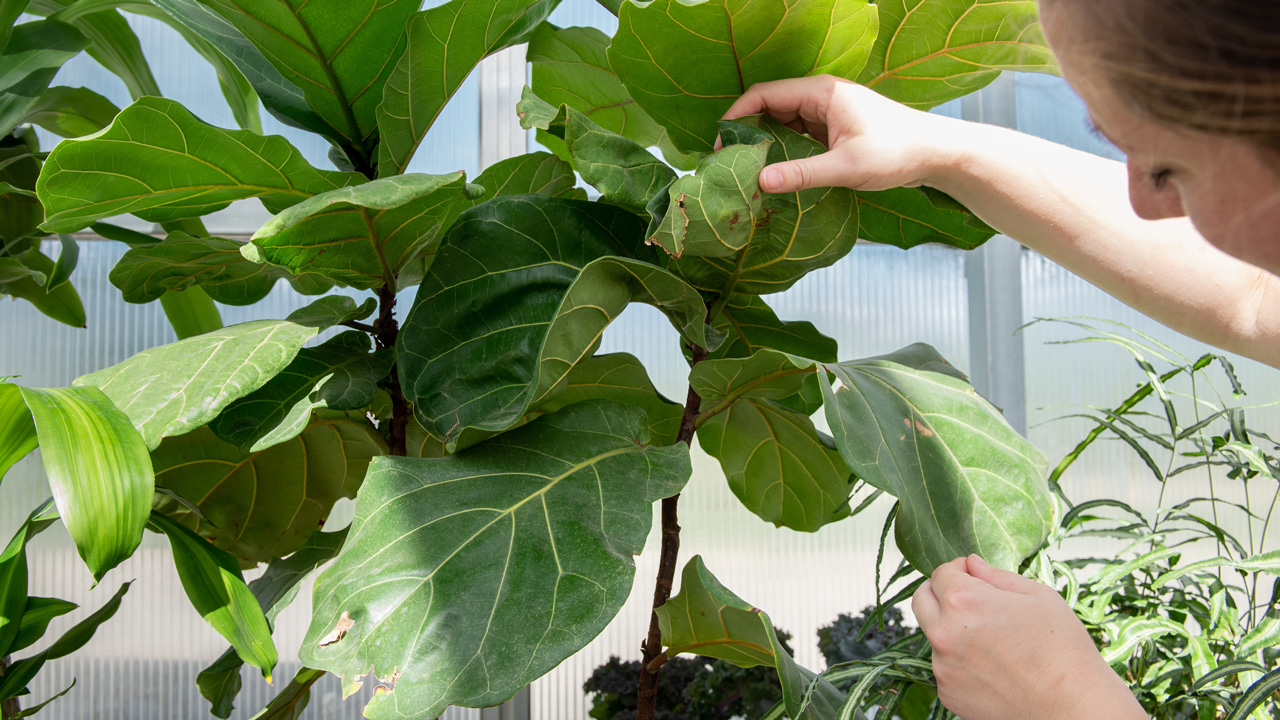
First, the Inspection
While your plants are still outside, it’s a great time to make sure they haven’t become a home for unwanted guests. All kinds of bugs – including spiders, aphids, whiteflies, and lacewings – love our plants as much as we do and may have found a haven in them over the summer. Keep an eye on the weather forecast and start issuing eviction notices a couple weeks before you think the plants should come inside. Insects, their eggs, and their larvae can stow away among the foliage – on both sides of the leaves – as well as along the stems, in the soil, and even on the container. Many bugs can be removed with just a strong blast of water, making sure to hit all possible hiding spots. After the plant has dried, you can follow up with a spray of insecticidal soap or horticultural oil to catch any others that are still hanging on.
To take care of soil-borne insects, eggs, and larvae, first clean out any fallen leaves and other debris from around the base of your plant. To kill pests in the soil and provide several weeks of protection from various plant-biting insects, you can apply a granular systemic insecticide to the soil. These insecticides have a noticeable chemical odor, so it’s best to apply them while the plants are still outside. As an alternative to chemical soil treatments, you can also soak the entire pot in a large bucket of water mixed with a mild soap, horticultural oil, or insecticidal soap to drive out or kill anything that’s living in the soil.
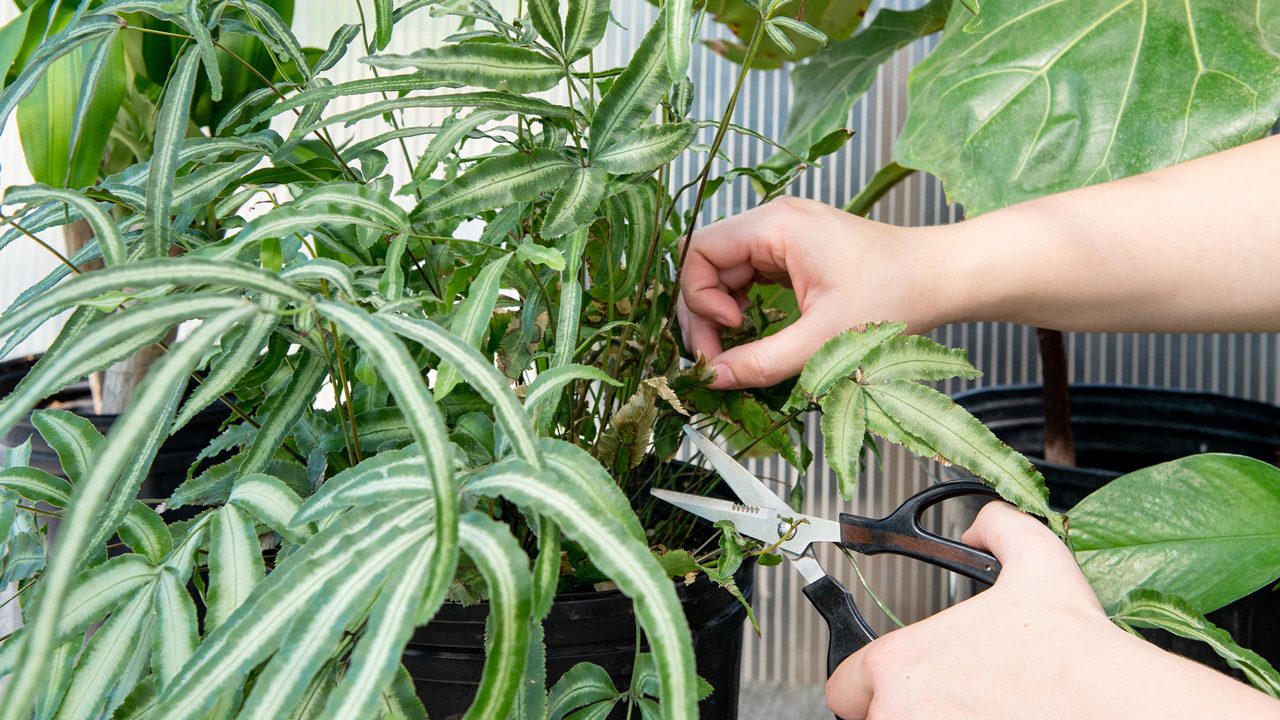
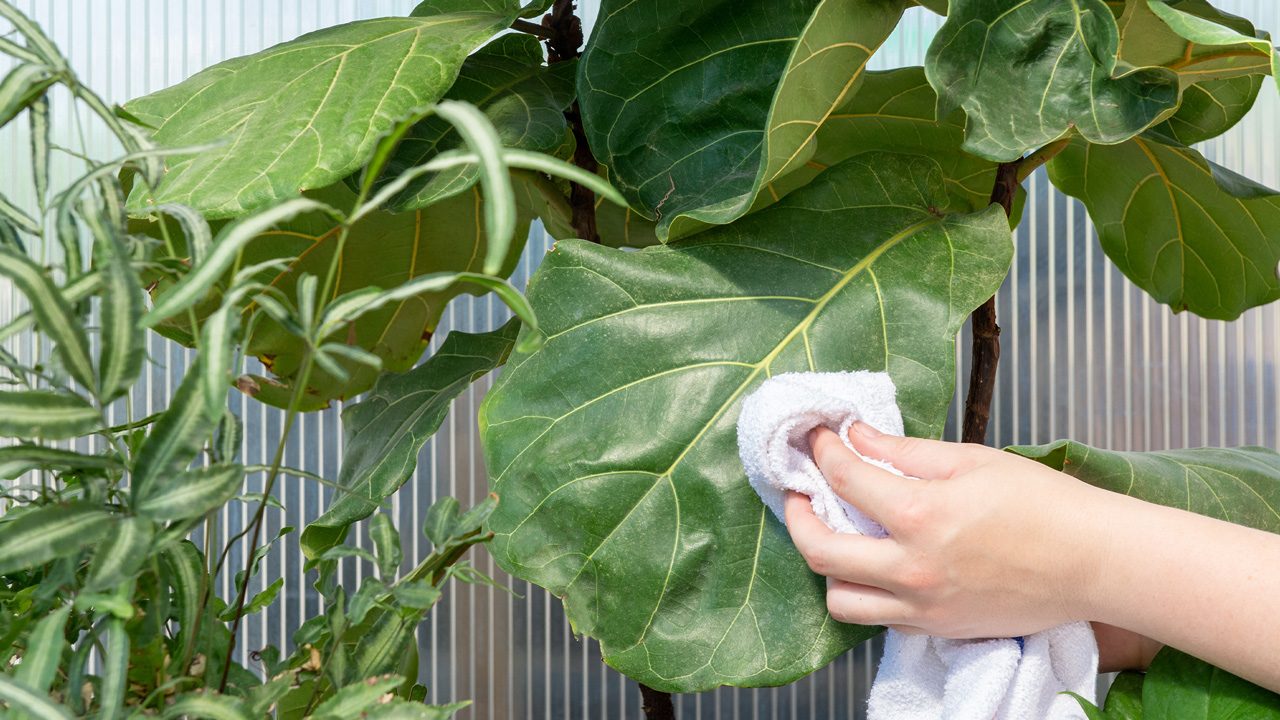
Haircuts + Clean-Up
During the growing season – and under ideal outdoor conditions – many plants rejoice by putting on lots of new growth. That’s encouraging to see, but with all that new height, length, and width going on, you may struggle to fit your plants back into their spaces in the house. Lush new growth also means our plants have lots of extra foliage that may be hard to maintain – with the lower light, drier air, and other challenges that come with living indoors. A little trim might be in order, taking care to avoid removing more than a third of the foliage at a time. Pick off any dead or yellowing leaves too, and generally spruce everyone up for their return to beautiful houseplant status. It’s also a good idea to wipe off the container to remove any remaining dirt, spiderwebs, or other debris that may have escaped the initial cleaning.
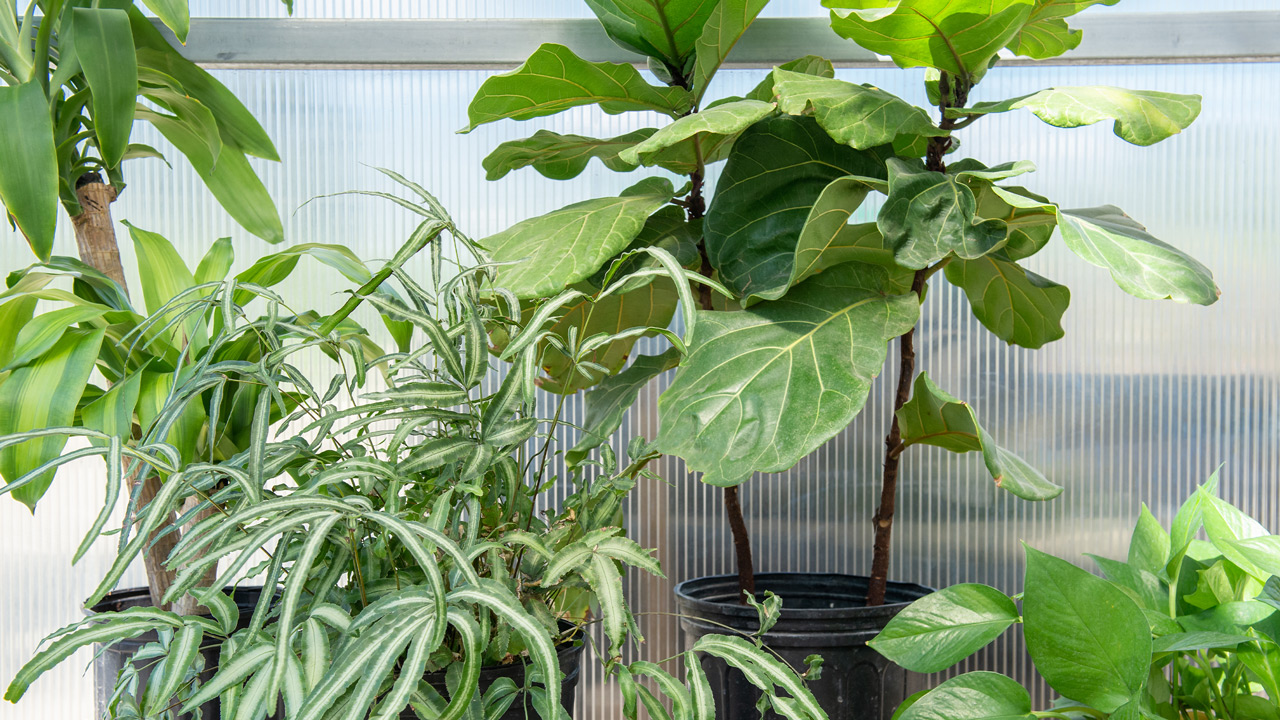
Prepare a Space
At the same time your plants are getting their spa treatment outdoors, you can prepare your home for their arrival. As you’re deciding where to put your plants for their winter stay, think about the kind of light each plant prefers when it’s outside. Then try to recreate that situation as closely as you can indoors. Most of our foliage houseplants – philodendron, fern, pothos, sansevieria – prefer shade outside, so they do well in bright but indirect light inside. Plants that like some direct sun outdoors – hibiscus, croton, and ficus, for example – might be happier in a place near a south or a west window where they’ll see a lot of bright or even direct light during the day. In any case, avoid spots that expose your plant to sudden temperature changes like near a furnace vent, fireplace, or cold doorway.
And for many plants, the switch to indoor life can be a bit of a shock. To make moving a little easier, start bringing your plants inside to visit their new spaces for just a few hours a day after their clean-up. A sudden and permanent transition can damage some plants, so this gentler approach helps them adjust to their new environment.
Join Us to Learn More
For more tips on bringing your houseplants inside and keeping them thriving through the shorter, colder months of winter, stop by anytime to talk with our team in the Greenhouse. We’re always happy to talk plants and to answer any questions you have.

